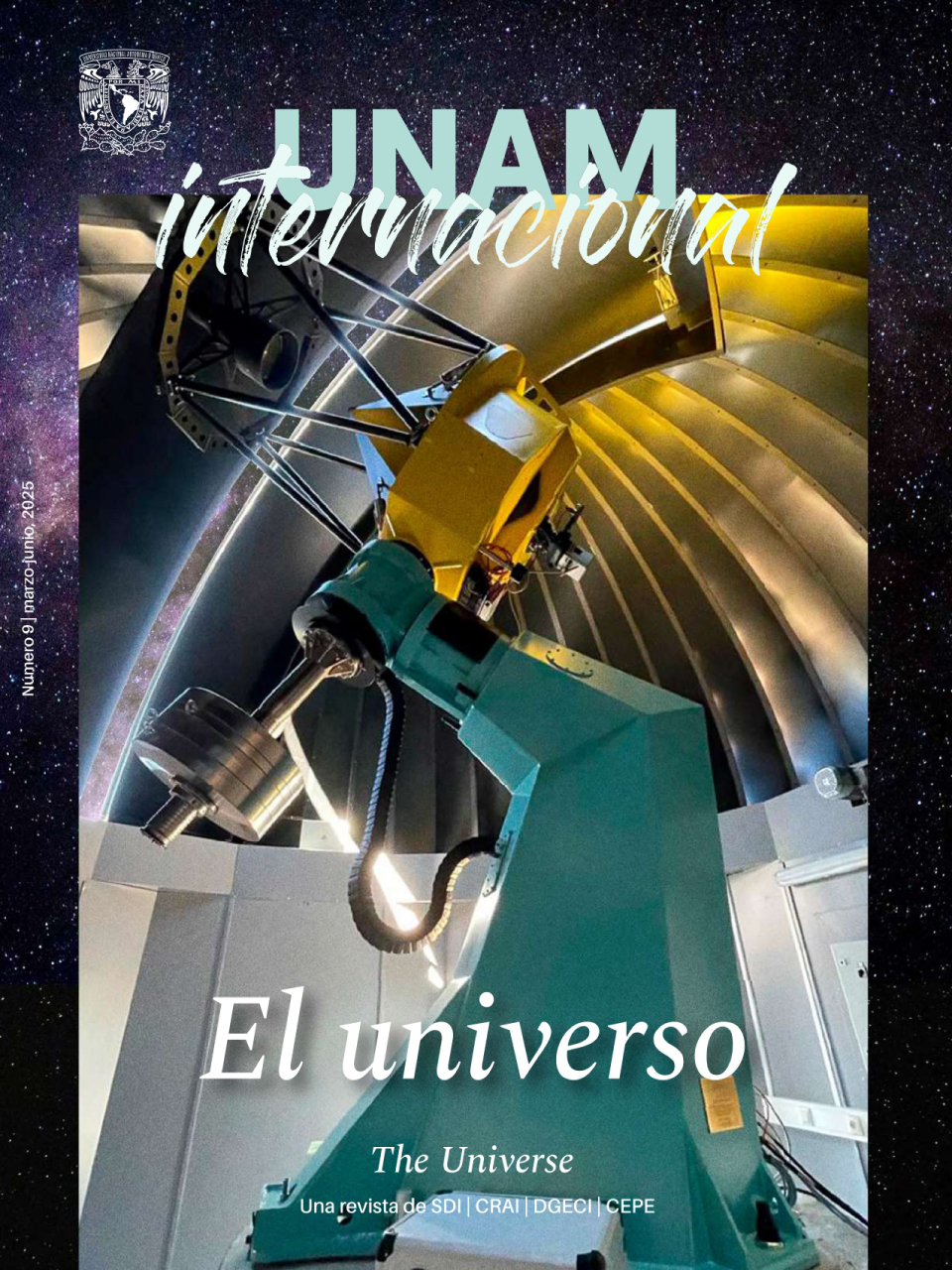31-03-2025
Where Does Curiosity Leads? A Journey to Next Generation Technologies
The celestial vault has caught our attention since the beginning of our existence. Since ancient times, we have used the stars to guide us on our wandering path. Curiosity, essence of our life, pushed us to learn more about them until we got to the construction of the first telescope with Galileo Galilei. Since then, modern physics and cosmology doors were opened for the first time. After such a great invention, optical telescopes evolved into highly engineered instruments, thanks to which we can observe the Universe in all its visible “colors”. However, many physical processes manifest themselves in wavelengths or frequencies that we cannot observe with our eyes, such as X-rays, gamma rays or radio waves.The 20th century saw the building of satellites to detect high-energy phenomena and radio telescopes to receive radio signals. The latter can either be larger than 100 meters in diameter or several smaller telescopes can be assembled to work as one . Why are there so many antennas? The answer lies in spatial resolution and sensitivity.
SPATIAL RESOLUTION
Spatial resolution measures the ability of a telescope to separate different components or areas of an object under study. The larger the collecting area of the telescope (the “eye”) is, the sharper the image will be. So, to increase it, it is necessary to build radio telescopes with a very large diameter so that their “eye” is sharpened. Radio antennas up to 100 meters in diameter have been built (figure 1). Still, the construction of such large antennas has a structural limitation: they cannot handle too much weight because of the risk of collapsing on themselves. A solution to this limitation was to put the concept of interferometry into practice by which the radiation collected by different antennas is combined to obtain a higher-resolution image. With this new method, much smaller radio antennas in diameter can be built, interconnected but spaced apart so that they simulate a telescope with a diameter equivalent to the largest distance between two of its antennas (baseline).
ANTENNA SENSITIVITY
An antenna’s sensitivity is its capacity to collect faint, barely bright information on an object. For a telescope to be sensitive, it must have a very large collecting area. For this reason, the most sensitive radio antennas are those with a larger diameter. Interferometers can achieve high sensitivities by increasing the number of antennas to “fill” the space between the long baseline and hence simulate a telescope with an optimized collecting area to be sensitive to structures that emit weak radiation.
Since the 1970s, several long-baseline interferometers have been built and subsequently improved. The Very Large Array (VLA) and Very Long Baseline Array (VLBA) are two interferometers in the United States that have made radio astronomy history in the centimeter window for decades and continue to produce excellent scientific products. More recently, in 2011, the powerful and sophisticated millimeter and submillimeter interferometer Atacama Large Millimeter Array (ALMA) began operating, consisting of 66 antennas at an altitude of 5000 meters in the Atacama Desert, Chile. ALMA achieves unprecedented resolution and sensitivity levels in this frequency range. Because of this, the time was right. for radio astronomers dedicated to the centimeter window to promote new projects such as the Square Kilometer Array (SKA), currently under construction in the southern Hemisphere (South Africa and Australia), and the next-generation VLA (ngVLA, figure 2), a project by the National Radio Astronomy Observatory (NRAO) of the United States, funded by the National Science Foundation (NSF).
The ngVLA will be the most powerful radio antenna array in the Northern Hemisphere. More than 300 antennas will be distributed throughout the United States, Canada, and Mexico. The new interferometer will achieve a spatial resolution and sensitivity of a higher magnitude than that achieved today by VLA, VLBA, and ALMA, observing the Universe in frequency ranges not covered by ALMA (which is dedicated to high radio frequencies) or SKA (for very low radio frequencies). UNAM’s Institute of Radioastronomy and Astrophysics (IRyA) wanted to participate in the development of this project actively and, in November 2022, we signed a collaboration agreement with NRAO warranting a million US dollars for a lapse of four years (figure 3). Our participation consists of helping our NRAO colleagues in several aspects, both technical, such as the characterization of the sites where the antennas will be installed in Mexican territory, and scientific, with the publication of predictions on how the ngVLA will observe different objects in the sky.
In the case of my research at the IRyA, I focus on the study of the formation and evolution of relativistic jets ejected by supermassive black holes (SMBH) located at the center of active galaxies. For this I use not only continuum radiation (all the “light” emitted at particular radio frequencies) but also its polarized radiation (“filtered” by a medium containing a magneto-ionic field). Using these components, it is possible to study the formation and evolution of the jets and to obtain intrinsic properties of them, their surrounding medium, and the magnetic field that channels this particle flow towards distant areas of the SMBH. The ngVLA will allow me to easily observe a much wider range of different types of active galaxies to trace their evolution.
The road to knowledge is not a lonely one. It needs other people, time, and commitment to achieve great results. This important project and this international collaboration in which UNAM is involved will benefit not only my research but also the research of most of those who are part of the Mexican astronomical community. Together we will follow the path of curiosity, explaining the nature that surrounds us and has fascinated us since immemorial time.
Alice Pasetto is an Italian astronomer and researcher at UNAM’s Institute of Radioastronomy and Astrophysics (IRyA). She studied astronomy at the University of Bologna, Italy, and obtained a PhD in astronomy and astrophysics at the Max Planck Institute for Radio Astronomy at the University of Bonn, Germany.
